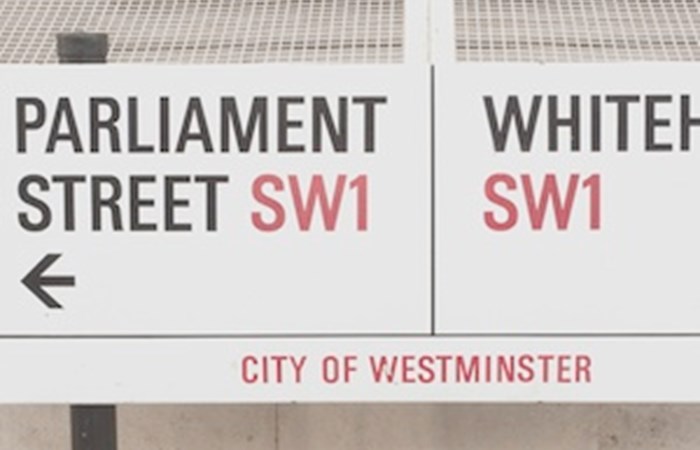National Infrastructure Commission

Responding to the Spring Budget Chair of the National Infrastructure Commission, Lord Adonis said:
The governments positive response to the commissions recommendations on mobile connectivity and 5G is welcome.
The commissions central finding was that mobile connectivity has become a necessity. It is great to see that the government is ready to take an active role in ensuring services are available wherever we live, work and travel, and that our roads, railways and city centres are 5G ready.
But the strategy around digital connectivity needs to be delivered coherently. A clear roadmap is required so that the proposed spending on fibre and connectivity pilots reflects the Commissions conclusions and delivers tangible benefits to consumers and businesses.
The commission looks forward to the government reporting back on before the end of 2017, and to DCMS making headway in establishing mobile connectivity fit for the future.
Background
In relation to the Digital Strategy, the NICs Connected Futures found that:
Part 1: The mobile revolution
The UK mobile market has transformed from a luxury in the 1980s to an essential today. 93% of adults in the UK own a mobile phone, smartphones have overtaken laptops as internet users device of choice, and there are more mobile devices than people.
Yet the UKs networks are not complete. There are too many digital deserts across the country and the availability of our 4G network is worse than many countries including Albania, Panama and Peru.
Part 2: Government as a digital champion
The market has driven enormous change but now government must take responsibility to secure our digital future, starting with the creation of a strong digital champion backed by a dedicated cabinet committee.Government must ensure we have the infrastructure in place to deliver 5G across our major centres and transport networks.
Major roads: Our motorways must have roadside networks fit for the future. The infrastructure should be in place by 2025.
Key rail routes: The railway network must rapidly improve connectivity. This will be best delivered in future by a trackside network. Government should provide a plan by 2017, and the infrastructure should be in place on main rail routes by 2025.
Towns and cities: Local Authorities and LEPs should work with network providers to develop approaches that enable the deployment of the tens of thousands of small wireless cells we expect to need in our urban centres.
Part 3: Enabling the market to deliver what we need
Government and Ofcom must ensure basic outdoor mobile services are available wherever we live, work and travel.
Regulation must keep pace with the rapid evolution of the mobile communications markets, allowing innovative new firms to provide services that the existing market has not delivered.
Greater connectivity is inevitable and essential. The UK cannot be left behind.
Text from the Governments Digital Strategy
The section of the Digital Strategy relating to the National Infrastructure Commission can be found here. The key actions of governments response are set out below:
- the government will establish a new Digital Infrastructure Officials Group,comprising senior officials from relevant government departments, to be chaired bya new Telecoms Director and reporting to the DCMS Secretary of State
- the government is also establishing a new centre of 5G expertise to ensure that5G development activity across central government, local government and otherpublic sector bodies is joined up and to engage with industry to ensure a strategicapproach and the sharing of best practice
- the Department for Transport and DCMS will work with industry to assess thepotential for the commercial provision of telecommunications services on road andrail networks, and how new and existing infrastructure can be used to supportthem, and will report back by the end of 2017
- the government will take account of local connectivity plans and evidence of takinga proactive approach when allocating funds to local projects through the selectionprocess for both local fibre and 5G testbeds and trials programme funding
- the government agrees that the reporting of coverage should provide a genuineand meaningful reflection of the services experienced by customers and will askOfcom to set out by the end of 2017 how this will be achieved for existing services
- the government will set out by the end of 2017 what the essential elements ofhigh-quality coverage where people live, work and travel are, and how we willachieve this as soon as practical, but by no later than 2025*the government will work with Ofcom to identify and tackle unnecessary barriers toinfrastructure sharing, and will report on progress by the end of 2017
- the government will ask Ofcom to review and report back to DCMS by the end of2017, the scope for the spectrum licensing regime to facilitate better 4G and 5Gdeployment at national, regional and local scales, including in-building usage
